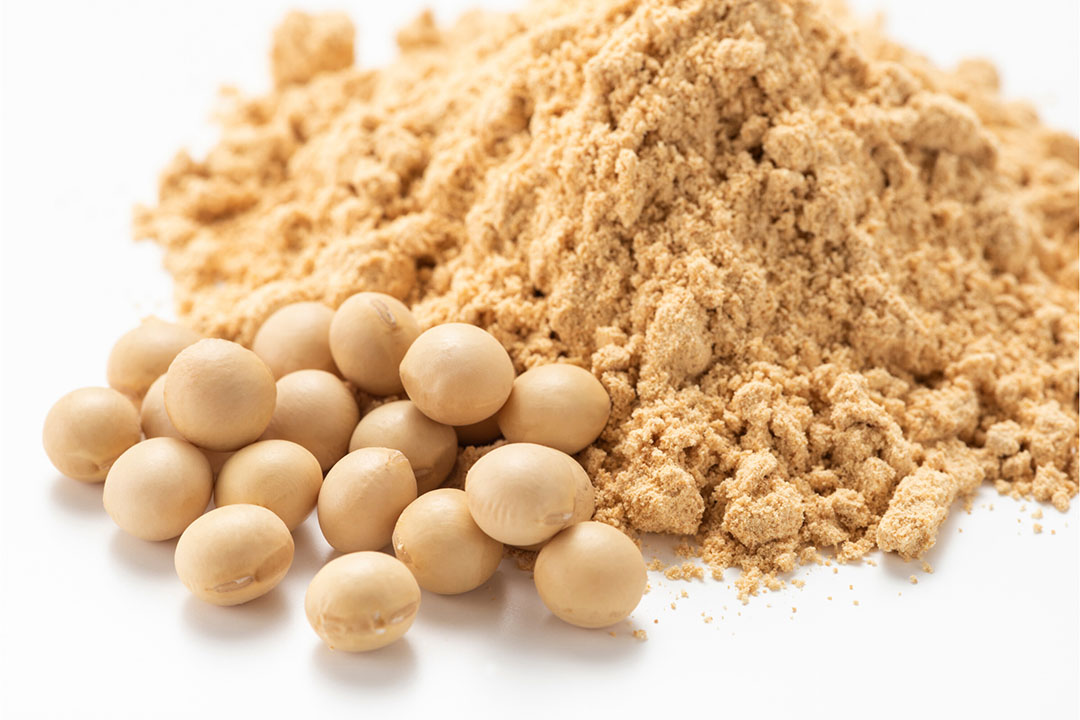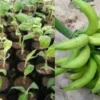- このトピックは空です。
- 投稿者投稿
- 3月 18, 2025 11:33 pm #597122

Soya bean powder, a staple in many culinary and nutritional practices, is not just versatile in its uses but also packed with essential nutrients. The process of turning soya beans into a fine powder involves a careful selection of ingredients that enhance its taste, texture, and nutritional value.
Whether you’re looking to make your own protein powder at home or enhance the quality of your dishes, understanding the ingredients that go into soya bean powder is key to unlocking its full potential.
This article will delve into the various elements that come together to make this nutritious powder and how they contribute to its health benefits and culinary flexibility.
1. Soya Beans – The Core Ingredient
The foundation of any soya bean powder lies in, of course, the soya beans themselves. These legumes are rich in protein, fiber, and essential amino acids, making them a crucial component in a variety of dietary plans. Soya beans are harvested, cleaned, and processed into powder after a series of steps.
The raw beans are typically roasted or steamed to enhance their digestibility and flavor before they are ground into a fine powder. Soya beans are known for their health benefits, including heart health, muscle repair, and overall vitality, which makes them an invaluable ingredient in the powder.
2. Drying Process for Longevity and Texture
The drying process plays a vital role in the transformation of fresh soya beans into a powder. After harvesting, beans must be dried to reduce moisture content, which helps in prolonging the shelf life of the final powder.
Drying also ensures that the beans remain free from mold or bacterial growth, maintaining their nutritional value. This step typically involves sun drying or using specialized dryers to achieve the perfect texture before grinding.
Without proper drying, the soya bean powder would not have the fine, smooth consistency that is essential for its use in various recipes and products.
3. Optional Additives – Flavor and Nutritional Boosters
While soya bean powder can be made from 100% soya beans, many manufacturers and home producers choose to enhance it with optional additives. These could include ingredients like vitamins, minerals, or even spices for added flavor.
Common additives include calcium, magnesium, and vitamin D, which help to further boost the nutritional profile of the powder, making it an even more attractive option for those looking to supplement their diet.
Spices like turmeric or ginger may also be added to enhance flavor and provide additional health benefits, such as anti-inflammatory properties.
These optional ingredients not only improve taste but can also make the powder more beneficial for a wide range of dietary needs.
4. Grinding and Milling Techniques
Once the soya beans are dried and any additional ingredients are mixed in, the next step is grinding or milling. This process is crucial as it determines the texture and consistency of the final powder.
High-quality soya bean powder is finely milled to ensure that it dissolves easily in liquids and can be used in a wide variety of recipes, from smoothies to baking.
The grinding process also helps break down the cell walls of the soya beans, making the protein and nutrients more bioavailable to the body. Modern milling techniques use machines that allow for precision and efficiency, ensuring a consistent texture throughout the production process.
5. Packaging and Storage for Freshness
After grinding, the soya bean powder is packaged for distribution. Proper packaging is essential to maintain the powder’s freshness, flavor, and nutritional value. To prevent oxidation and contamination, soya bean powder is usually packaged in airtight containers that protect it from light, moisture, and air.
Additionally, some manufacturers add natural preservatives like vitamin E or ascorbic acid to prevent spoilage and extend shelf life.
Proper storage is equally important once the powder reaches consumers, as exposure to humidity or heat can reduce the quality and effectiveness of the product. For best results, soya bean powder should be stored in a cool, dry place.
In conclusion, the ingredients for soya bean powder go beyond just the beans themselves. The entire process, from drying and grinding to the potential addition of nutritional boosters and proper storage, contributes to the final product’s quality.
Whether you are buying it off the shelf or making it at home, understanding these ingredients will help you make an informed decision and get the most out of this nutritious food product.
Incorporating soya bean powder into your diet can provide a range of health benefits, and knowing the details behind its production ensures you are choosing the best quality available.
Read Also: How to Make Soyabean Powder at Home
- 投稿者投稿
- このトピックに返信するにはログインが必要です。






